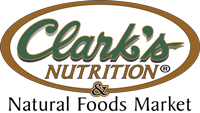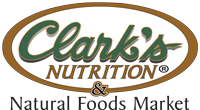Gluten Free
What does following a gluten-free diet mean? That you're embarking on an easy diet with a wide range of health-promoting effects. Instead of dwelling on what you’re giving up, consider that you’re going to enjoy a whole new world of delicious food options to meet your special dietary needs. You’ll be eating seasonally, choosing more fresh fruits and vegetables, focusing on meats, seafood, poultry, legumes, lentils, corn, and rice, and discovering fascinating ancient grains such as quinoa, amaranth, and millet. You’ll be able to eat potatoes, eggs, most cheeses, even chocolate (!)—and enjoy them without guilt because you’ll be taking good care of your body. In fact, you’ll probably end up eating—and feeling—better than ever!
Visit this page for more information about living Gluten Free
---
We carry a large variety of gluten free items, the brands listed below represent just some of the offerings we carry


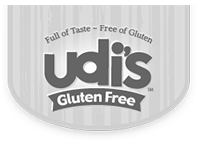

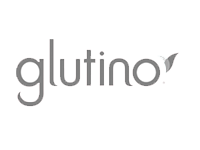

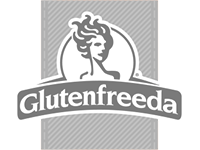






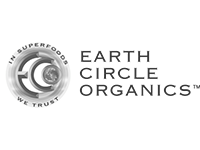

More Diets
Omega-6 Fatty Acids
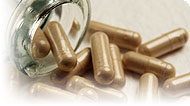
Interactions with Supplements, Foods, & Other Compounds
Linoleic acid competes with alpha-linolenic acid, an omega-3 fatty acid, for enzymes that convert simple polyunsaturated fatty acids into more complex ones. Since complex omega-3 fatty acids such as EPA (eicosapentaenoic acid) and DHA (docosahexaenoic acid) are associated with heart disease prevention, reduced inflammation, and other health benefits, some authorities have argued that the high amounts of linoleic acid in the typical Western diet are detrimental to health because they can reduce the body’s production of EPA and DHA.6 While most controlled research suggests that dietary linoleic acid has some influence on the production of EPA in the body,7, 8, 9 conversion of alpha-linolenic acid into more complex omega-3 fatty acids is limited for other reasons,10, 11, 12 so that achieving adequate levels of EPA and DHA depends mostly on consuming oily fish and fish oils, which are good sources of these complex omega-3 fatty acids.13 Furthermore, higher dietary intake or high body levels of omega-6 fatty acids, most of which is linoleic acid, has been associated with reduced coronary heart disease risk in numerous preliminary studies, and with no effect on other diseases such as stroke or cancer.14
A diet high in polyunsaturated fats such as the omega-6 fatty acids increases vitamin E requirements. Based on available evidence, at least 0.6 mg (0.9 IU) of vitamin E is needed for every gram of polyunsaturated fat consumed.15
Interactions with Medicines
Certain medicines interact with this supplement.
none | |
none | |
none | |
none | |
none |
Copyright © 2025 TraceGains, Inc. All rights reserved.
Learn more about TraceGains, the company.
The information presented by TraceGains is for informational purposes only. It is based on scientific studies (human, animal, or in vitro), clinical experience, or traditional usage as cited in each article. The results reported may not necessarily occur in all individuals. Self-treatment is not recommended for life-threatening conditions that require medical treatment under a doctor's care. For many of the conditions discussed, treatment with prescription or over the counter medication is also available. Consult your doctor, practitioner, and/or pharmacist for any health problem and before using any supplements or before making any changes in prescribed medications. Information expires December 2025.

